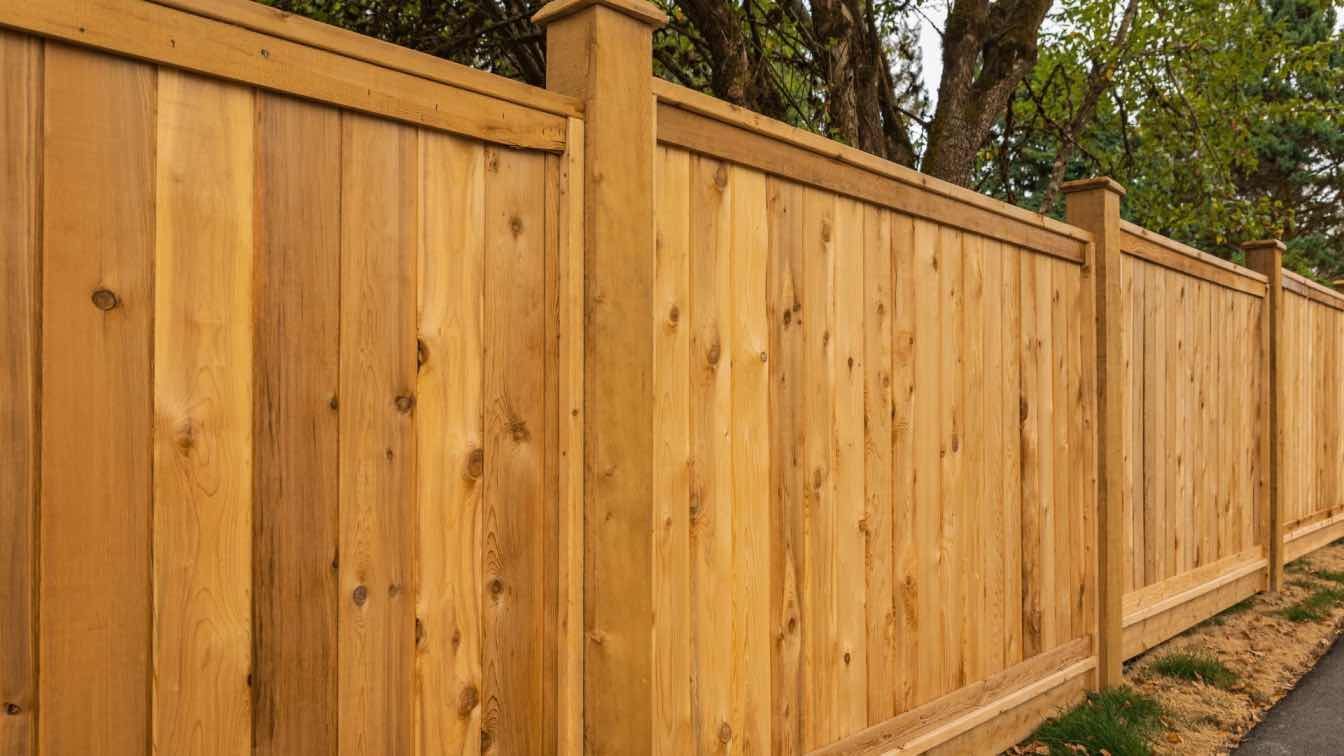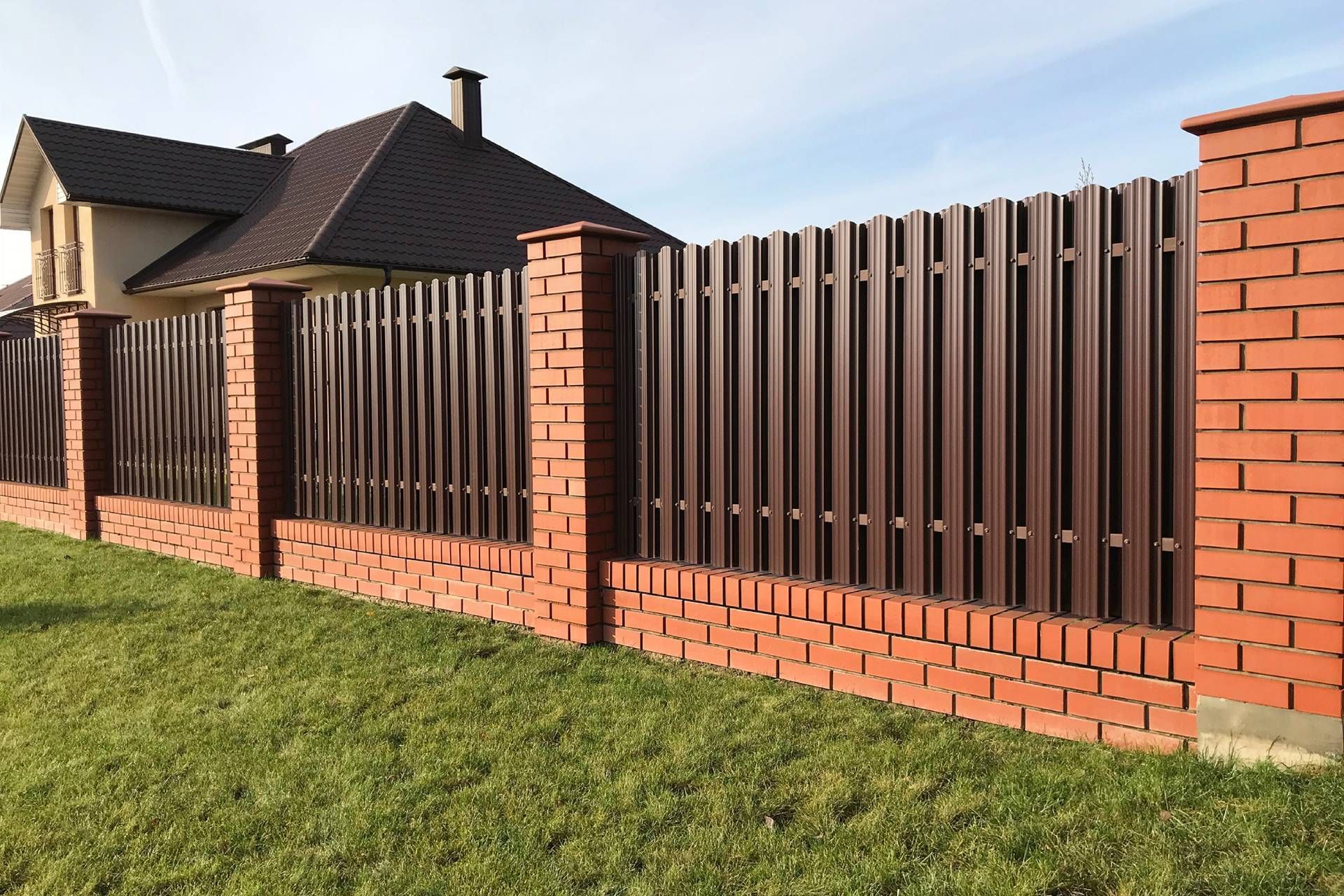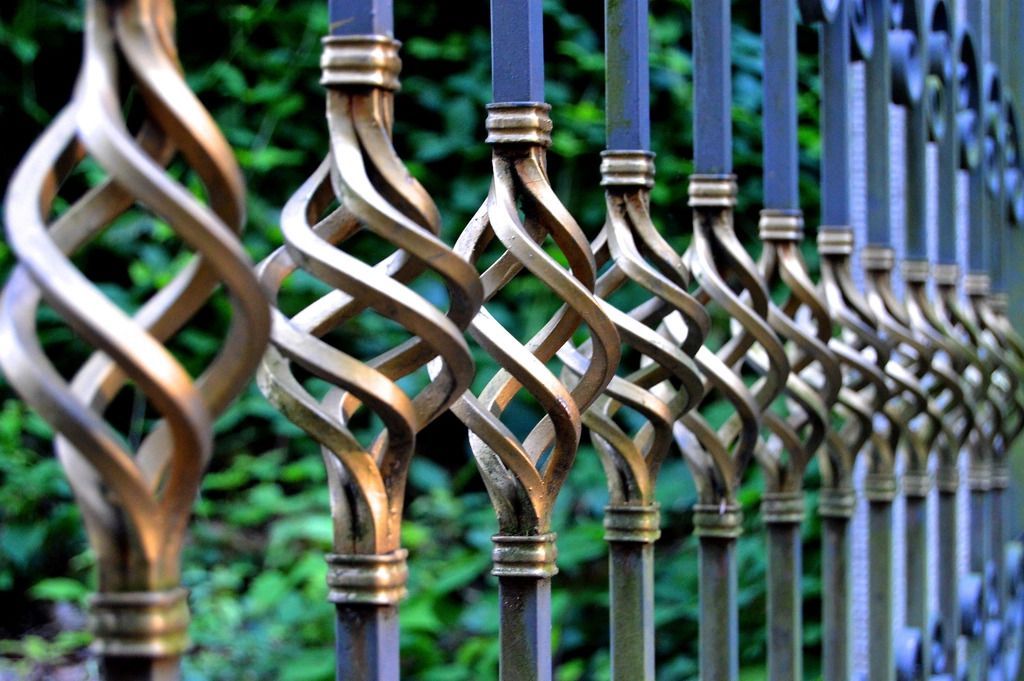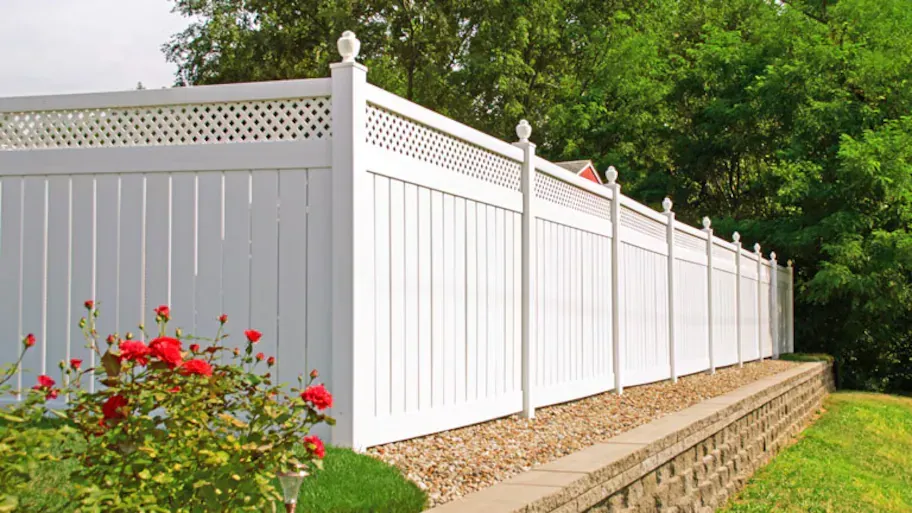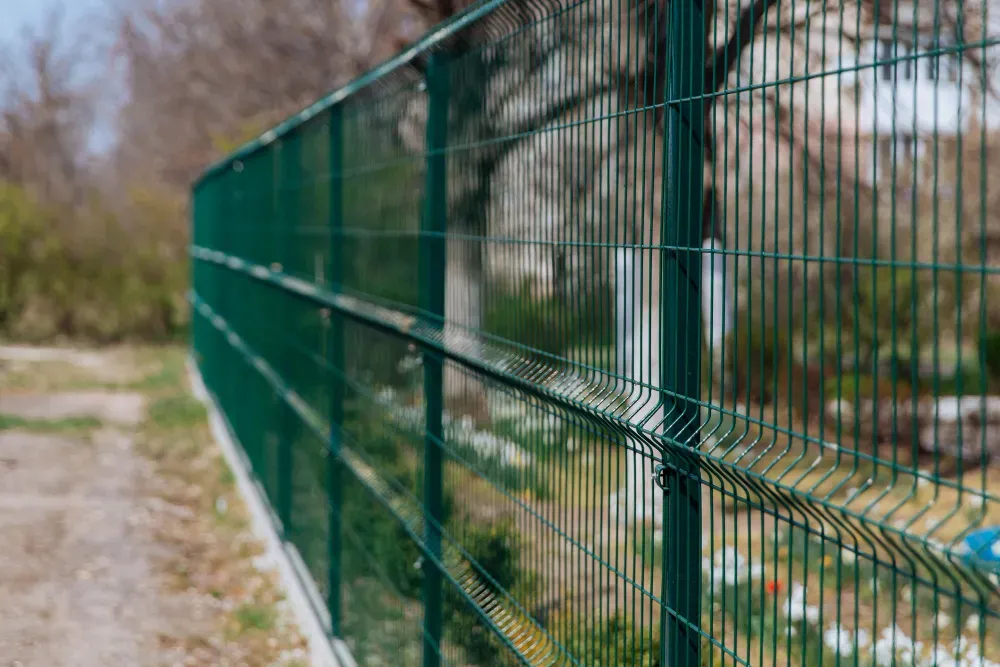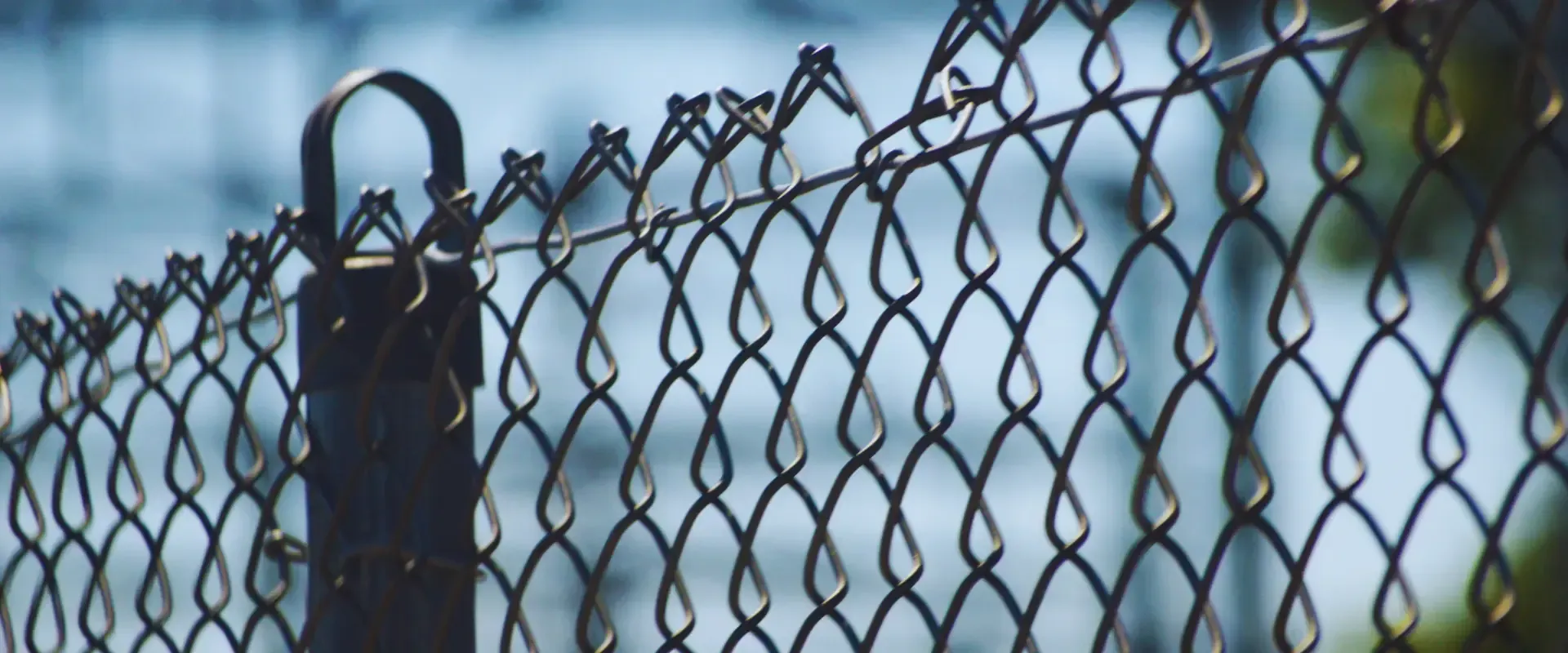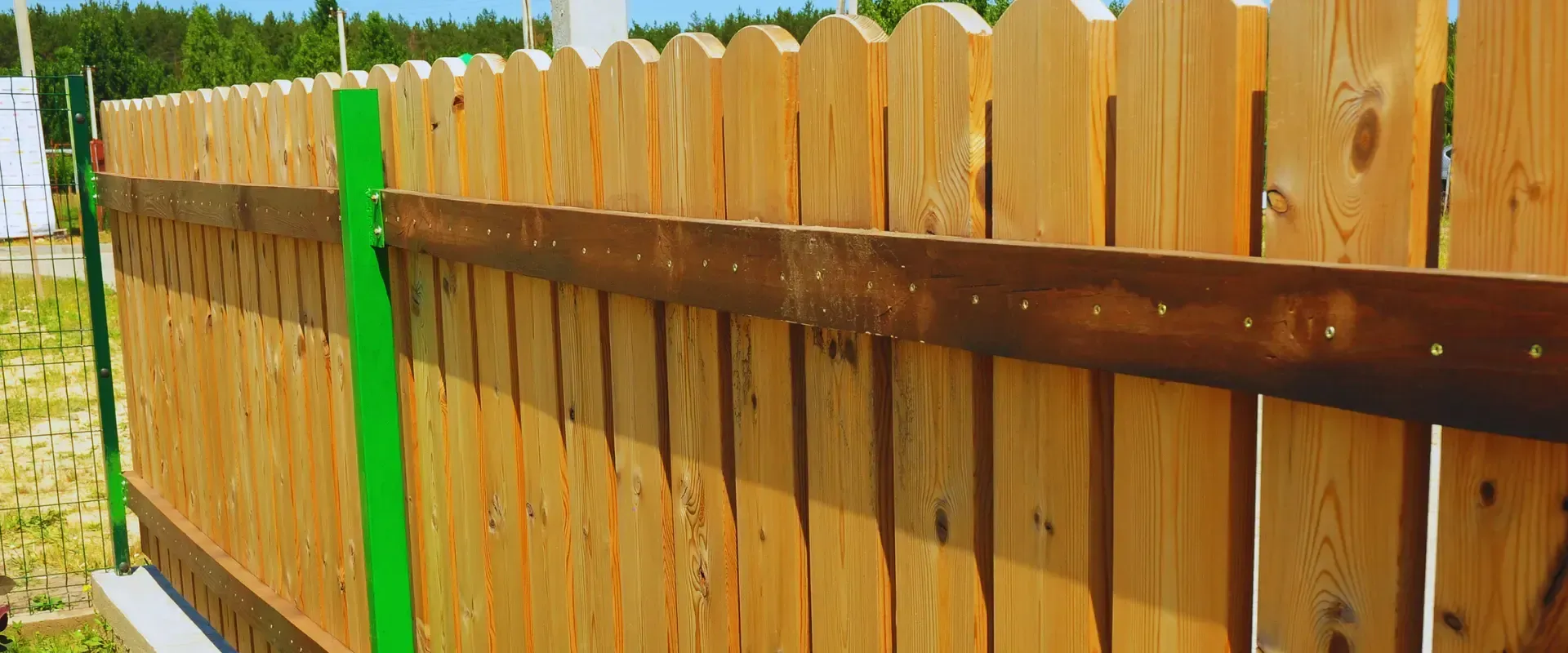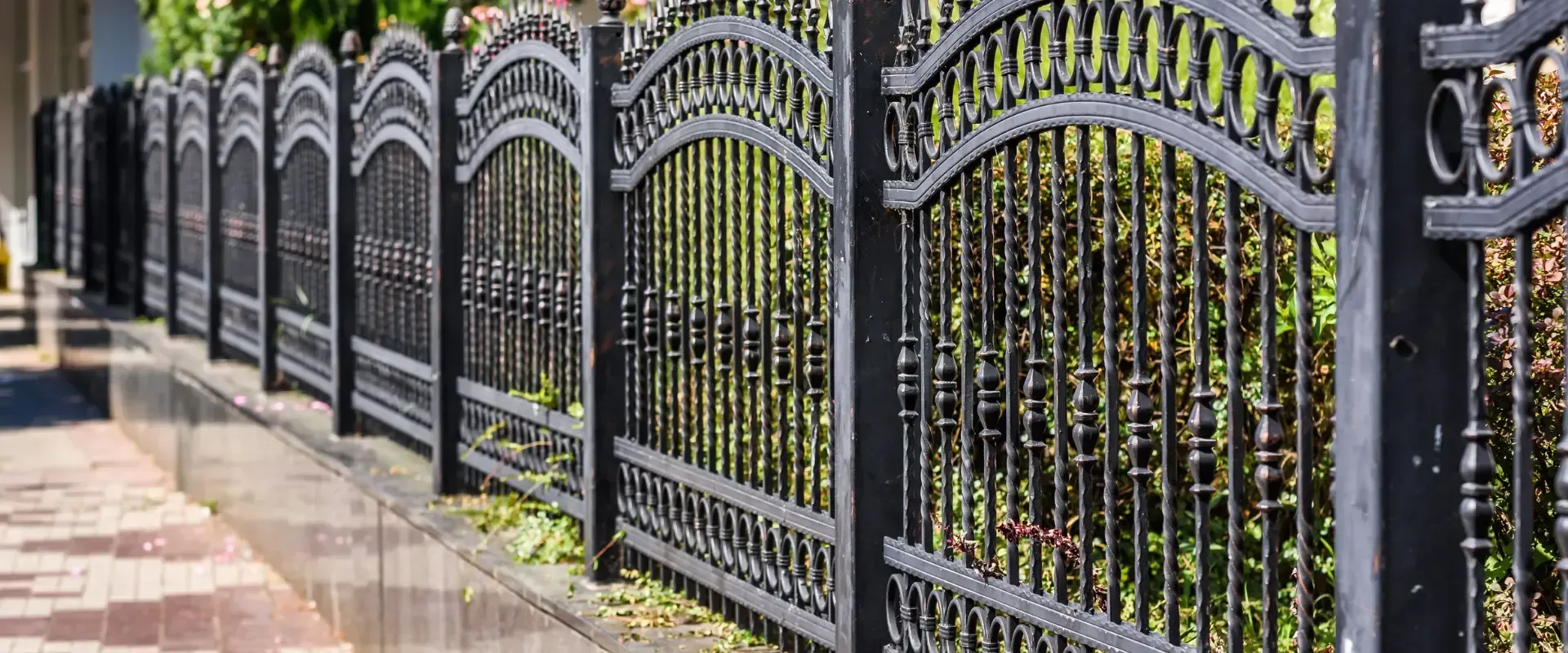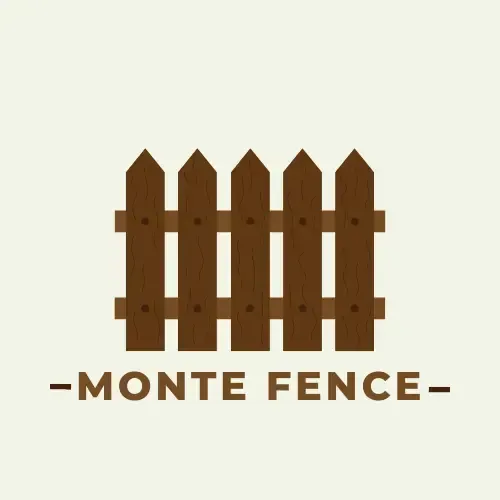How to Keep Your Wood Fence Rot-Free: Essential Prevention Tips
Learn how to keep your wood fence rot-free with these essential prevention tips. Protect your investment using smart design, expert advice, and seasonal maintenance techniques.
How to Keep Your Wood Fence Rot-Free
Keeping a wood fence looking beautiful and functional year after year isn't just luck—it's a result of the right care, planning, and maintenance. Fence rot is one of the most common problems homeowners face, especially in areas with high moisture levels. But the good news? It's completely preventable.
Whether you're installing a new fence or preserving an old one, understanding how to keep your wood fence rot-free is key. In this guide, we’ll walk you through actionable, field-tested tips that work no matter the climate or wood type.
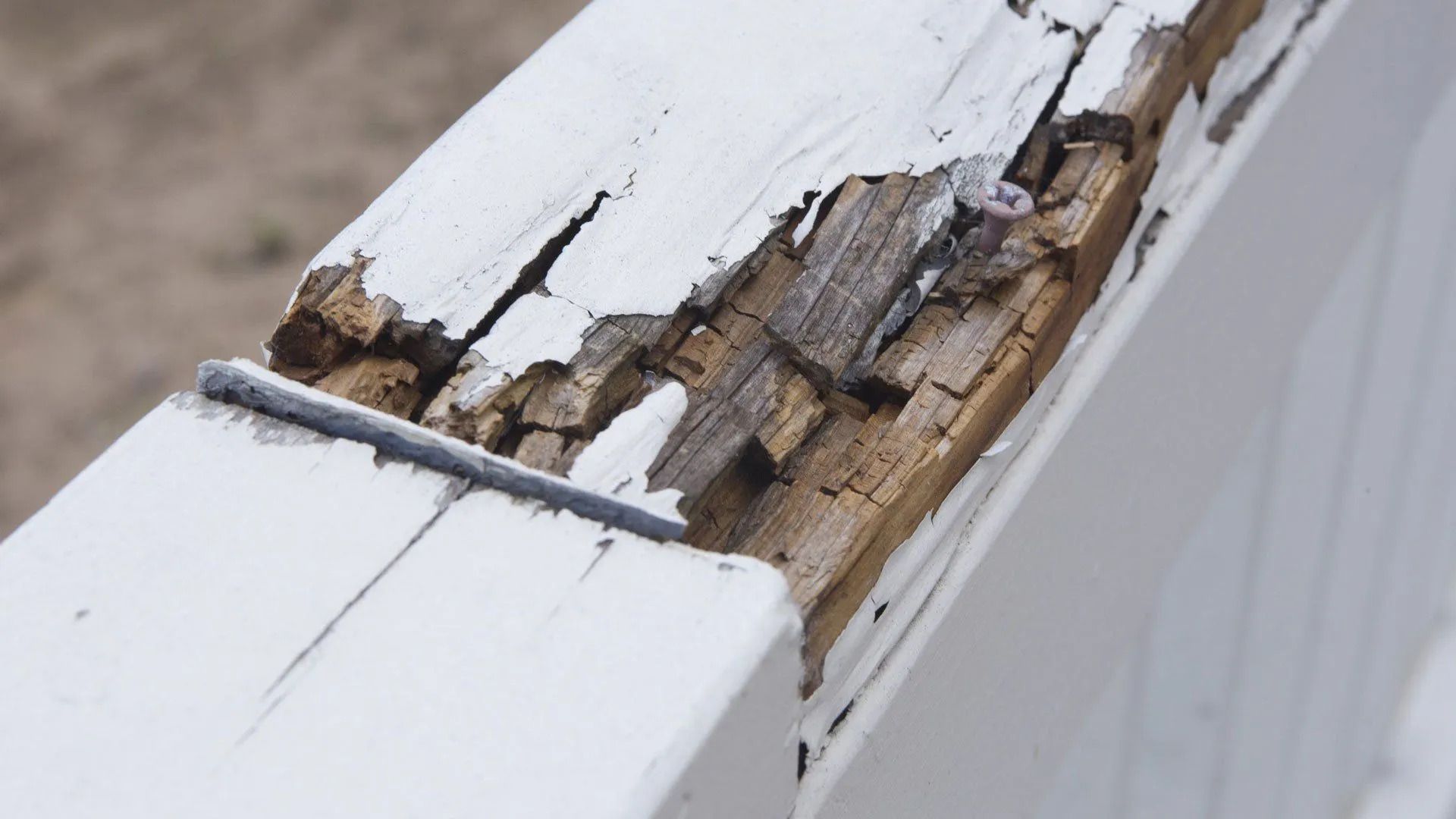
What Causes Wood Fence Rot?
Fence rot usually starts with water. When moisture penetrates the wood, it creates the perfect environment for fungi to thrive. Rot can form both above and below ground, especially around fence posts where water collects. Here are the main culprits:
- Constant exposure to rain or sprinklers
- Poor drainage around the base
- Improper wood treatment
- Lack of maintenance
Fungi feed on the wood fibers, weakening the structure from within. The result? A fence that falls apart faster than expected.
Choosing Rot-Resistant Wood for Your Fence
Some types of wood naturally resist rot better than others. When planning a fence, the material matters just as much as the design. Here are great rot-resistant options:
- Cedar: Contains natural oils that repel moisture.
- Redwood: Dense and durable, with high decay resistance.
- Pressure-treated pine: Chemically treated to withstand moisture and bugs.
If you want a durable, low-maintenance fence, consider starting with the right wood. It may cost more upfront, but it pays off long-term.
Preparing the Ground Before Fence Installation
Before you even install a fence, take a look at your soil. Poor preparation can doom your fence from the start. Here's what to do:
- Clear vegetation: Remove any grass, roots, or weeds near the fence line.
- Level the ground: Sloping can cause water to pool.
- Use gravel: Place gravel at the bottom of post holes to allow water drainage.
Working with a reliable fence installation company can ensure these steps are done right the first time.
How to Control Moisture Around Your Fence
One of the biggest enemies of wooden fences is uncontrolled moisture. To fight rot, you have to redirect water away from the fence. Try these tips:
- Install gutters and downspouts to guide rain away.
- Avoid placing sprinklers close to the fence.
- Maintain a gap between the ground and fence panels.
- Apply a water-repellent sealant regularly.
Moisture control is one of the simplest yet most powerful ways to extend your fence's life.
Why Proper Drainage Is Crucial for Fence Longevity
Fences are most vulnerable where they meet the ground. Without proper drainage, water will collect at the base and soak into the posts. To prevent this:
- Dig post holes at least 2 feet deep.
- Add 6 inches of gravel for drainage before placing posts.
- Angle the concrete to divert water away from the post.
Good drainage could mean the difference between a 5-year fence and a 15-year one.
How to Protect Fence Posts from Rot
Fence posts are ground zero for rot. They’re in constant contact with soil, water, and pests. Here's how to protect them:
- Use pressure-treated wood posts.
- Apply a bitumen-based post sealant before installation.
- Cover the bottom third of each post in tar or heavy-duty waterproof coating.
- Set the post in gravel and concrete for superior drainage.
For best results, trust your fence installation to professionals who understand post protection techniques.
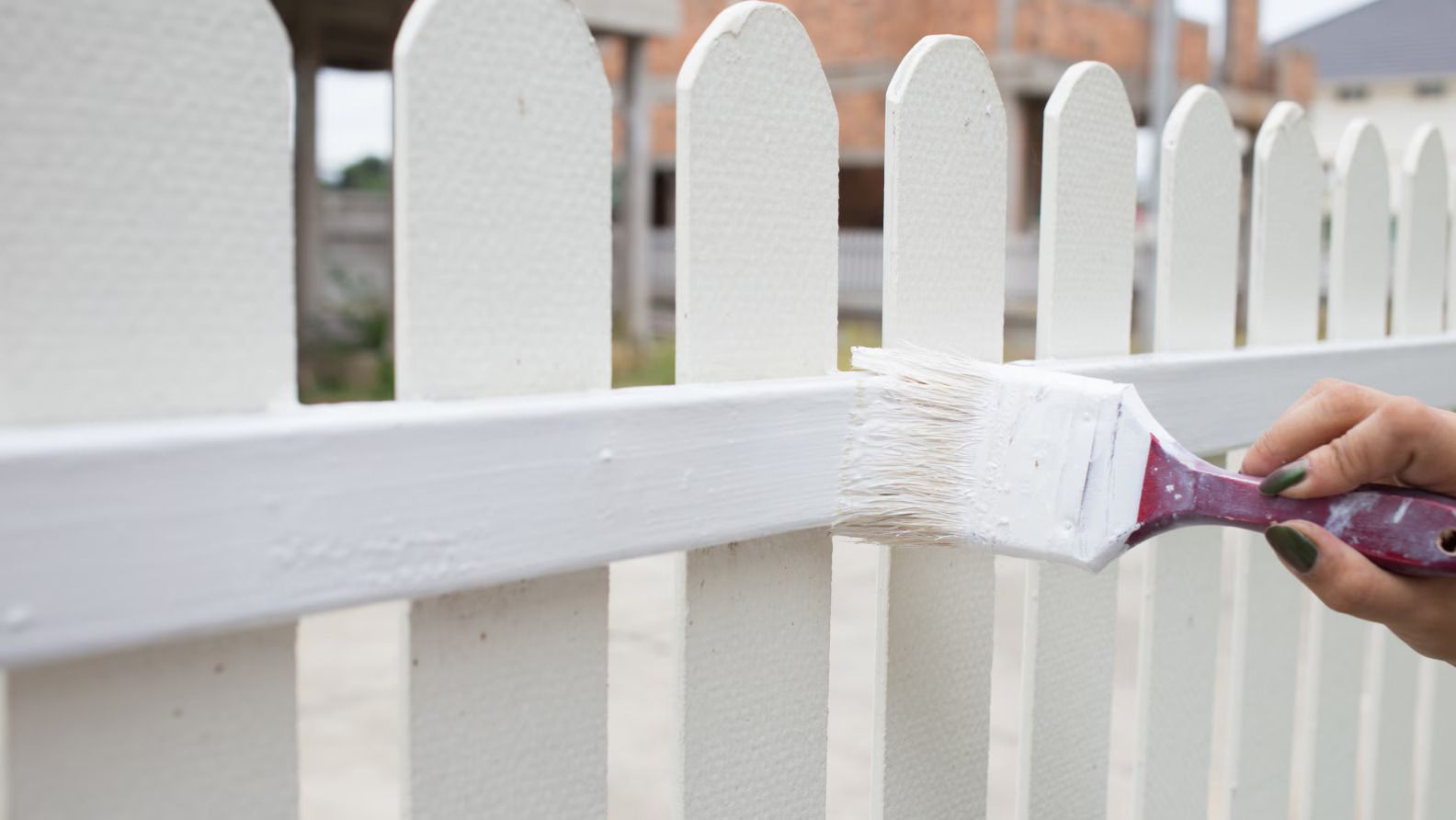
The Benefits of Elevating Fence Panels Off the Ground
Your fence panels don’t need to touch the ground—nor should they. Raising them even 2 inches above soil can help avoid water damage. Benefits include:
- Improved airflow beneath panels
- Reduced splash damage from rain
- Less contact with pests and fungi
Small design tweaks can make a major impact.
The Best Wood Sealants and Stains for Rot Prevention
Using a high-quality wood stain or sealant is like giving your fence a raincoat. But not all products are created equal. Look for:
- UV protection
- Waterproofing agents
- Mold and mildew resistance
Apply every 2–3 years for maximum effect. Choose oil-based stains for deeper penetration and longer-lasting protection.
How to Maintain Your Fence in Each Season
Your fence battles the elements year-round. Here’s how to maintain it through the seasons:
Spring:
- Inspect for winter damage.
- Reapply stain or sealant.
Summer:
- Clean off dirt and mildew.
- Trim vegetation around the fence.
Fall:
- Check for loose nails or warped boards.
- Clean leaf build-up near the base.
Winter:
- Avoid piling snow against the fence.
- Look for water runoff issues.
Spotting Early Signs of Fence Rot
Catching rot early can save your entire fence. Look out for:
- Soft, spongy wood
- Discoloration or dark spots
- Crumbling or cracking posts
- Foul odor near posts
The sooner you act, the better the outcome.
How to Clean a Wood Fence Without Damaging It
Cleaning your fence doesn't have to be a harsh job. Here's how to do it safely:
- Mix warm water with dish soap for light grime.
- Use a pressure washer on a low setting.
- Rinse thoroughly and let it dry.
- Avoid bleach—it can weaken wood fibers.
Gentle cleaning preserves your fence while keeping it attractive.
Keep Plants and Shrubs Away from Fence Panels
Plants growing too close to your fence trap moisture and create shade—both rot magnets. Trim back:
- Bushes
- Vines
- Tree branches
Give at least 6 inches of clearance between vegetation and fence panels.
Which Offers Better Protection Against Rot: Painting vs Staining?
Painting gives a thick protective layer, but can chip and peel over time. Staining, especially oil-based, seeps into the wood and offers longer-lasting protection. Here’s a quick comparison:
Feature Painting Staining
Appearance Opaque Natural look
Protection level High (initially) Long-lasting
Maintenance Every 3–5 years Every 2–3 years
Choose based on your climate, aesthetic, and upkeep preferences.
Smart Fence Designs That Resist Rot Better
Design choices can dramatically affect how long your fence lasts. Try these ideas:
- Horizontal panels for better drainage
- Cap boards to shield from rain
- Rot boards at the bottom to protect panels
- Angled tops for water runoff
Smart design equals longer life.
Should You Hire a Fence Installation Company?
DIY sounds great—until the wood starts rotting 6 months in. Hiring a professional ensures:
- Proper ground prep
- Right materials
- Effective drainage
- Solid construction
Work with a trusted fence installation company for lasting results.
Why Professional Help Matters for Fence Longevity
Expert installers don’t just put up fences—they design solutions built to last. They understand:
- Local soil and climate
- How to avoid underground rot
- What sealants and stains work best in your area
Need help? Reach out via their contact page to get started.
Common Questions About Keeping Wood Fences Rot-Free
How often should I reseal my wood fence?
Every 2–3 years, or when the finish starts fading.
Can I use bleach to clean a wooden fence?
Not recommended. It weakens the wood and can promote rot.
Is pressure-treated wood enough to prevent rot?
It's a great start, but you still need proper sealing and drainage.
What’s the best height to raise a fence panel off the ground?
1 to 2 inches is usually ideal to prevent splash damage.
How do I know if my fence post is rotting underground?
Check for loose or wobbly posts and crumbling wood near the base.
Can I fix a rotted section or do I need to replace the whole fence?
If caught early, you can often replace just the affected panels or posts.
Final Thoughts on Rot-Proofing Your Wooden Fence
Your wooden fence can last decades—if you give it the care it deserves. By choosing the right materials, prepping your yard, and staying ahead with seasonal maintenance, you can confidently keep your wood fence rot-free. And if it all feels overwhelming, professionals like Monte Fence are just a call away to make the process smooth and stress-free.
A rot-free fence isn't just a dream—it's completely achievable with the right knowledge and support.
Links
